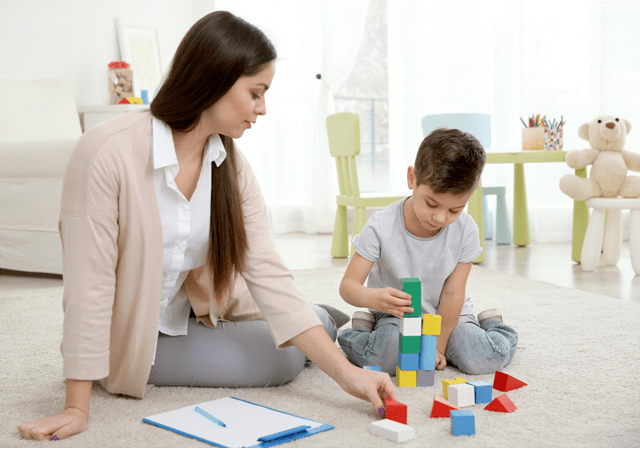The Components of an ABA Program

Over the last few decades, Applied Behaviour Analysis (ABA) has emerged as a safe and effective treatment approach for autism and related disorders. ABA is associated with autism so frequently these days that we often think that ABA is synonymous with autism treatment! However, ABA is much more than a single type of treatment or therapy…
I usually describe Applied Behaviour Analysis as a conceptual framework that guides our understanding of behaviour. Within an ABA framework, we assume that (a) behaviour (good and bad!) is learned, (b) behaviour is a function of particular environmental conditions, and (c) we effectively change behaviour by understanding the effect that behaviour has on the environment (Hanley, 2012). These assumptions have been verified by over 50 years of scientific research in both experimental and applied psychology.
Within an ABA program, many different types of procedures or therapies are used. Some common components of an ABA program include:
- Discrete trial teaching
- Incidental teaching, or natural environment teaching
- Task analysis
- Functional communication training
- Verbal behaviour
- Occupational therapy
- Speech therapy
- Functional assessment
- Systematic desensitization
- Pivotal response training
- Positive behaviour supports
- Modeling
- Observational learning
- Social skills groups
- Precision teaching
In summary, ABA isn’t a single type of therapy or a single procedure. ABA is an umbrella term that is used to describe a collection of procedures or interventions, each of which has been demonstrated to be effective in reducing unwanted behaviour or teaching new skills. In the upcoming weeks, I will provide a more in-depth description of each of these procedures…stay tuned!
Published On : May 20, 2022
Read more
Published On : May 20, 2022
We understand the participation in your child’s home-based early intervention program may seem overwhelming.
Published On : May 20, 2022
When a child receives an autism spectrum disorder (ASD) diagnosis, it can be an emotional time.


